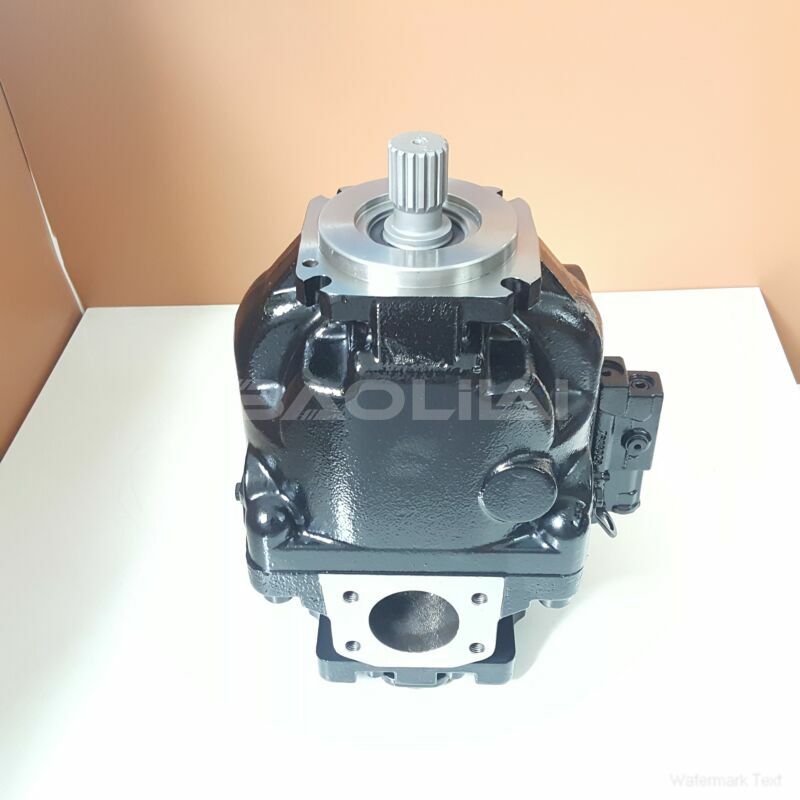ERL130BLB2520NNN3S4NLA1NAAANNNNNN hydraulic oil pump
ERL130BLB2520NNN3S4NLA1NAAANNNNNN hydraulic oil pump

- Product Details
- Applicable Scene
During operation, it is important to monitor the pump’s performance continuously. Pay attention to pressure, flow rates, and any unusual noises or vibrations that could indicate a problem. If any abnormalities arise, operators should be trained to shut down the system safely and address the issue promptly. Keeping clear communication channels among team members can facilitate swift responses in case of emergencies.
ER-L-130B-LB-25-20-NN-N-3-S4NL-A1N-AAA-NNN-NNN
ERL130BLB2520NNN3S4NLA1NAAANNNNNN
In case of a spill or leak, having an emergency response plan in place is essential. Operators should be familiar with the procedures for containing and cleaning up hazardous fluids. This includes knowing the location of spill kits and understanding how to use them effectively. Regular drills and training sessions can help ensure that all personnel are prepared to respond quickly and efficiently to emergencies.

83013572
Finally, it’s crucial to maintain proper documentation regarding the use and maintenance of plunger pumps in hazardous environments. Keeping records of inspections, maintenance work, and any incidents can help identify areas for improvement and enhance overall safety practices.
In conclusion, safely handling plunger pumps in hazardous fluid environments involves a combination of proper training, risk assessment, use of PPE, regular equipment inspections, careful monitoring during operation, and having a robust emergency response plan. By following these guidelines, operators can minimize risks and promote a safer working environment.





